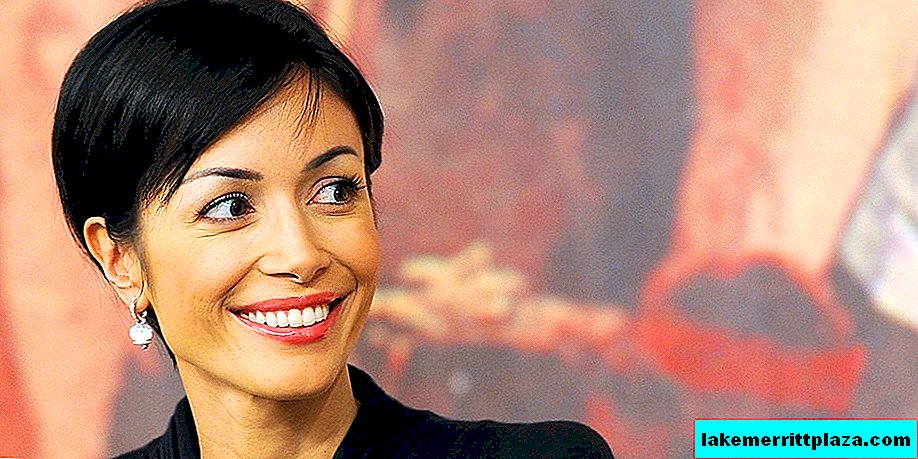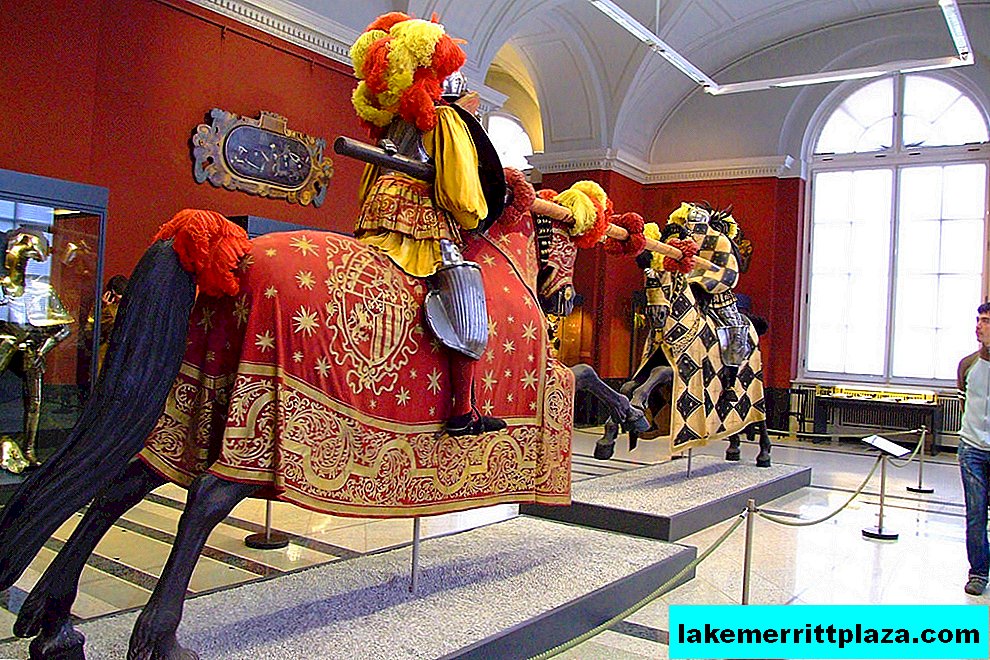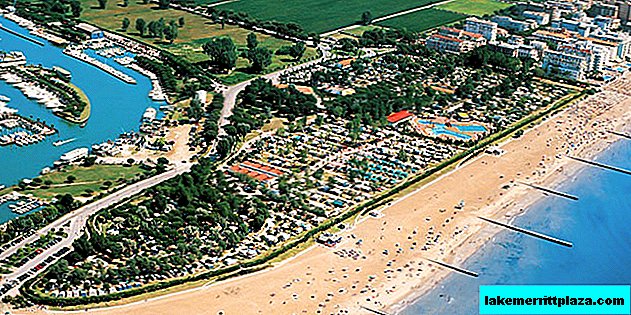The Pantheon in Rome is an ancient temple dedicated to the ancient Roman gods and the embodiment of the greatness of the Roman Empire. It is believed that it was built in the 2nd century AD. on the site of a temple built in the 27th century BC Mark Agrippa. In the 7th century, the Pantheon was re-consecrated to a Catholic church. Today, this achievement of antiquity is located in the square of the Rotunda (Piazza della Rotonda).

Description
The Pantheon is a huge rotunda, covered with a hemispherical dome with a diameter of 45 meters. The architects were able to achieve a harmonious balance between the height of the building and its diameter. Thanks to engineering calculations, the dome does not press on visitors with its mass, but solemnly rises, like the sky.

The height of the structure is almost equal to its diameter and is 42 meters. The main feature of the Pantheon is a hole in the center of the dome with a diameter of 9 meters, called the "Eye of the Pantheon". Through it, air and light enter the temple.

Eye of the Pantheon
Inside the surface of the dome is decorated with 140 caissons. These decorative recesses possess not only decorative, but also constructive value. Due to them, the mass of the arch was significantly reduced. It was estimated that the weight of the dome is 5 thousand tons. But with an increase in the height of the arch, its thickness and mass decrease. So, for example, the thickness of the concrete mass at the base is 6 meters, and near the Eye of the Pantheon - 1.5 meters.

Entrance
The entrance to the temple is emphasized by a portico of sixteen granite Corinthian columns. You can get to the temple through the Roman portal dating from the Roman era. The walls on which the dome rests are lined with marble from the inside and divided into 2 tiers. The lower tier, in turn, is divided into 7 identical niches, to facilitate construction.

The burial place of great people
The Pantheon is one of the few buildings of Ancient Rome, preserved to this day unchanged. Throughout his existence, he attracted the attention of both artists and scientists, and ordinary people. Michelangelo Buanarroti considered him an angelic creation. Raffaello Santi wanted to be buried in the temple, which, in his opinion, united people and gods. The great artist was buried in the Pantheon. This event was a new stage in the history of the ancient temple. It has become a burial place for great and famous people.

From an architectural point of view, the Pantheon is practically the only monumental building that harmoniously combines grandeur and grace. Its appearance had a significant impact on architecture, both of its time and later.

Despite the past centuries with their losses and gains, the Pantheon, as before, remains a true confirmation of the greatness of the Roman Empire.
Find a hotel near the PantheonA ticket to visit the Pantheon is not required, as the entrance is free. Opening hours from 9 to 19 hours, daily. Least of all tourists in the first hour after the opening - this is the time we recommend to our readers for a visit.








